There are many ways employers can take action to build racial equity in their organizations. In order to build policies and efforts, it is imperative that we develop a shared understanding of solutions.
It’s time to take a deep dive into the business case and promising practices that are building equitable policies at organizations throughout the nation.
Learn more about some key ways your organization can take action to promote racial equity in your workplace by clicking on the topics below. These profiles provide the background, business case, and offer some promising practices from business leaders who are taking action.
Let us help you build anti-racist, economically inclusive workplaces.
Employers who have made a commitment to paying every employee a family sustaining wage have reaped rewards.
Learn more about the benefits to employees, the business and community, and how to approach these policies for your organization.
Recent reports show that diverse companies are now more likely than ever to outperform less divers peers on profitability.
Attracting, retaining, and promoting talented workers of every race and ethnicity is a business imperative, especially in light of recent Affirmative Action rulings. Learn how to make the case for investing in diverse talent pipelines at your organization.
The Racial Equity Dividends Index offers solutions and best practices for taking action to transform your organization.
Learn how organizations are using data to inform what actions to take, when, and how the assessment is helping organizations of all sizes reach their racial equity goals.
The Center for Economic Inclusion’s Vanguard Accelerator is investing in Minnesota’s groundbreaking job creators with the capital, connections, and capacity needed for them to grow and scale their corporate and government contracts that will create opportunities for increasing jobs that pay family sustaining wages, and build their wealth and that of their employees.
Make the case for corporations and investors to change the game and help diversify Minnesota’s supply chains.
Historic racism, genocide, and wealth extraction require policies and investments that are equally as intentional about repair, reconciliation, truth and healing.
Let's learn together and build plans that center Native people and visions.
Historic racism, genocide, and wealth extraction require policies and investments that are equally as intentional about repair, reconciliation, truth and healing.
Let's learn together and build plans that center African American people and visions.
Black and Brown people have been opening businesses at dramatically higher rates than their White peers for years, but our property, job and wealth creation rates pale in comparison.
This playbook for developing with ownership, community wealth building, and love in the center promises to transform Black, Indigenous, Latine, and Asian communities for the better.
Supply chain diversity is no longer a compliance strategy.
Minnesota's corporations and governments have everything we need to position our Black and Brown businesses as the job creators of the future.
Learn why some corporations are leading the way in diversifying supply chains, and how others can take part in growing inclusive wealth and jobs.
Black, Indigenous, and Latine workers are over-concentrated in sectors that pay low wages, while high-growth, high-wage sectors like tech, biomanufacturing, fin-tech and medical sciences are hurting for talent.
How are leading employers disrupting the talent practices of yesterday to build winning innovative, racially equitable, and inclusive workplaces?
Capital is flowing to entrepreneurs at new rates. Is it the right capital, is it meaningful, and how will we know?
Black and Brown leaders have developed their own spaces to rewrite the rules for leadership development, career planning, business development, and mentoring. Learn from Twin Cities Black Affinity Network Development Day (TCBANDD), Coalition of Asian American Leaders, Latino Lead, the Center for Economic Inclusion, and their corporate partners about what’s working.


























